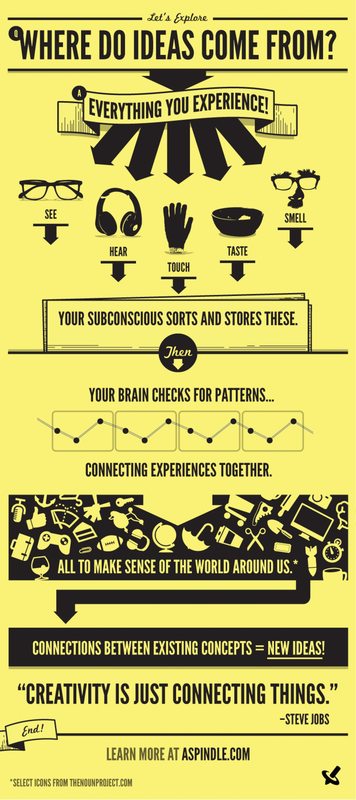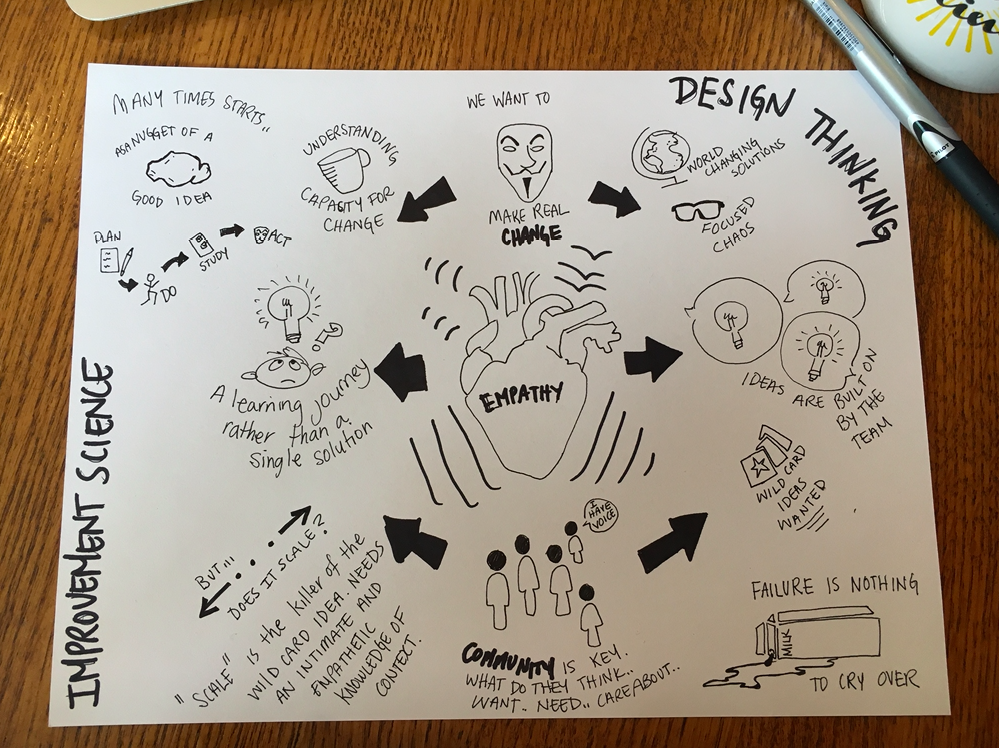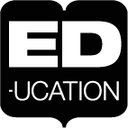Design thinking as a model for educational reform:
Design thinking is not simple surface beautification or upcycling of old ideas but of digging deep for real world changing solutions to existing problems. It aims to remove us from our filter bubbles and engage with opposing ideas and constraints for innovative solutions. Underpinning design thinking is social sciences and anthropology as design thinkers desire to not only understand the way a community thinks, feels, acts but also what is important for them to make changes to better their lives within the context of the human whole. Design thinking is a form of action research. Designers are not sitting at desks pontificating about possibilities but rather they are out in the community, prototyping ideas, using elbow grease, embracing failure and developing empathy. However, in order to dig deep and reach true innovation the wild card of ideas has to be played by willing mavericks. Those crazy ideas are built on to create from the seemingly impossible to the totally scalable and buildable. These mavericks need a safe place to break rules, ask the impossible, the silly, the fun the crazy- with a community that celebrates those ideas and builds on them. Most importantly, the mavericks in schools are not a special breed of person, but rather those who have built their creative confidence and are interested in educational reform.
Improvement Science as a model for educational reform:
All education reform starts with a nugget of a good idea and then is often lost in the ‘how’ of implementation on a large scale. By focusing on changing the parts of the problem we can apply change to the whole. BUT.. ‘does it scale?’ is in my opinion the question that kills innovative, wild ideas. And so, improvement science strives to make scalability only obtainable as a contextually relative construct. The idea of “profound knowledge” or the meta knowledge of systems, variation, psychology, and metacognition requires an intimate and empathetic knowledge of the context (Lewis 2015). Thus, change through idea diffusion is a social process. It requires moving beyond telling people to change, policing them to change, rewarding them to change towards engendering safe places in which there is solidarity and power within the change. Human interactions are essential, and only when researchers work alongside practitioners is sustained change possible (Gwande 2013).
Call to action:
How do you build the creative confidence of educators around you? How do you use design thinking to make changes in your educative communities? Share in the comments to start the discussion.
Citations & more reading....
Brown, T. 2008. Design Thinking. Harvard Business Review June Bryk, A. 2015 AERA Distinguished Lecture Accelerating How We Learn to Improve. Educational Researcher, Vol. 44 No. 9, pp. 467–477 DOI: 10.3102/0013189X15621543 http://er.aera.net Gwande, A. 2013. Slow Ideas Annals of Medicine The New Yorker July Gwande, A. 2007. The Checklist. Annals of Medicine The New Yorker December Lewis, C. 2015. What Is Improvement Science? Do We Need It in Education? Educational Researcher, Vol. 44 No. 1, pp. 54–61 DOI: 10.3102/0013189X15570388 AERA. http://er.aera.net
1 Comment
|
Author:
|




 RSS Feed
RSS Feed
